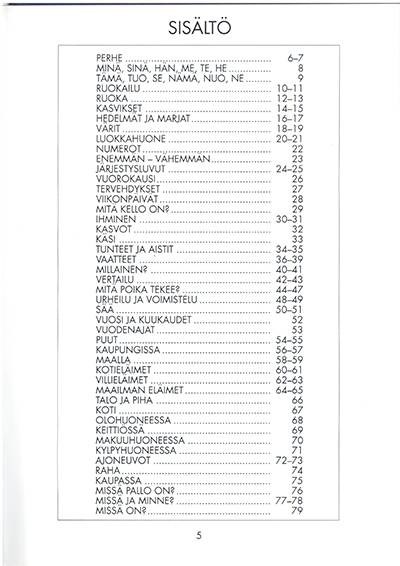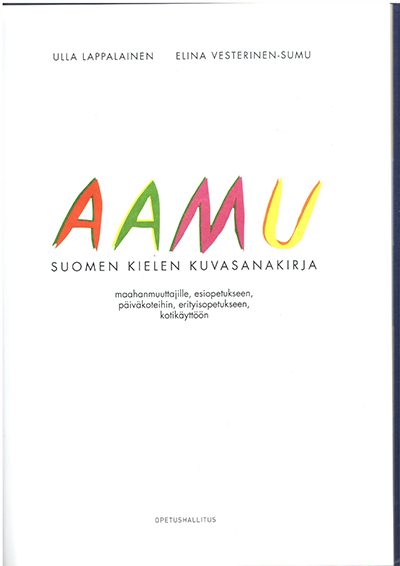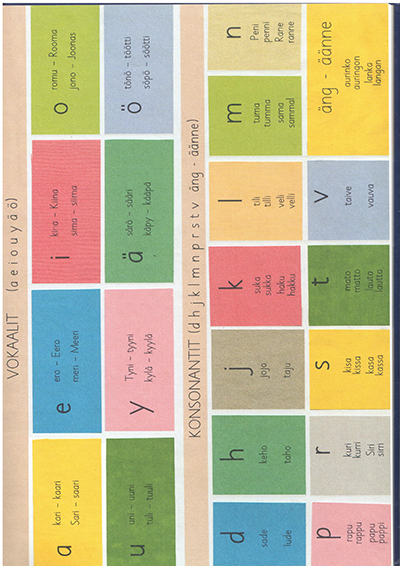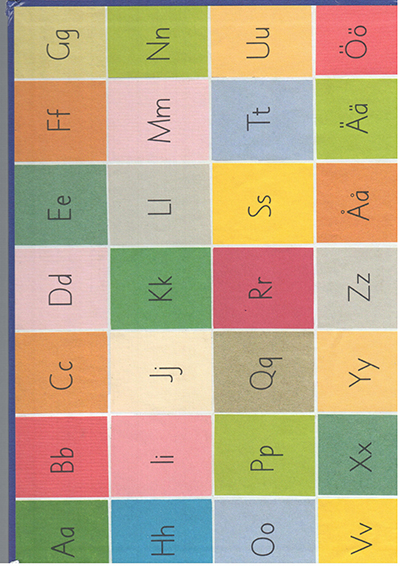| Sorted by date | |||
page013from Building IdeasSince the Lloyds buildings was finished, Roger has gone on to complete a number of substantial projects in a similar idiom, from the spiky steel and glass headquarters of Channel 4 London(1994) to the more curvaceous forms of the Strasbourg European Court of Human Rights and the Bordeaux Law Courts (1995 and 1998). He is now engaged on a new office building for the German car giants Daimler-Benz, in the centre of Berlin. Roger’s former partner (and fellow recipient of a knighthood for his contribution to British architecture) Norman Foster, has likewise assembled an impressive portfolio of significant international commissions – not least of which, the Hong Kong and Shanghai Bank headquarters – was completed in the same year as Lloyds and embodies a similar range of architectural preoccupations. Since then Foster has completed the Commerzbank in Frankfurt (1997), the Hong Kong International Airport (1998) and most recently the refurbishment of the Reichstag in Berlin, which became the seat of the unified German government on its completion in 1999. In terms of cultural facilities, Foster has also been extremely successful, with additions to the Royal Academy buildings in London (1991), the Carré d’art in Nimes, France (1993) and the Joslyn Art Museum in Omaha, Nebraska (1994) and he is currently remodeling the courtyard and Reading Room of the British Museum in London.
By any standards, what has become known as the British “high-tech” tradition (through other adherents such as Jean Nouvel in France and Rafael Viñoly in the USA have enjoyed somewhat similar success) is a powerful force in contemporary architecture and deserves a careful and critical analysis – not least because its theoretical underpinnings have a far wider influence on the production of buildings today beyond those that proclaim their origins as explicitly as the examples mentioned above. To begin this analysis it will be necessary to carry out an archaeological “excavation”, in order to peel back the accumulated layers of recent practice to uncover its conceptual “ground”.
|
|||
|
|||
|
|
|||
page012from Building Ideas 1 Richard Rogers Partnership - Lloyds Building, London, 1978-86.(Alistair Gardner)
|
|||
|
|||
|
|
|||
page011from Building IdeasArchitecture as Engineering
The Technological Revolution When the new headquarters building for Lloyds of London was completed in 1986 the public reaction was understandably confused. Instead of the traditional image for a city institution of a classical temple standing for permanence and solidity, the insurers – not a profession famed for taking unnecessary risks – had chosen to erect themselves a gigantic piece of pulsating machinery. The associations were clear for all to see: the exposed structure like an oil rig with its spars and platforms, the shiny metal stairs and toilet-pods all piled up like freight containers and clipped on to the outside, and the whole thing capped off with a small army of rooftop cranes – not there just to help build it but there to help rebuild it too, when the components wear out and new ones are swung in to take over. Despite the building’s improbable appearance, its architect, Sir Richard Rogers, presents his ideas as the most logical response to the demand for flexibility – as he himself has described in a book called Architecture: A Modern View: If one can access and change short-life parts of a building, its total lifespan can be extended. Lloyds is clearly divided into a long-life central zone housing people and a short-life external zone containing technology.1 1 Richard Rogers, Architecture: A Modern View, Thames and Hudson, London, 1990 p53.
|
|||
|
|||
|
|
|||
|
|||
|
|
|||
page007from Building IdeasK. Michael Hays(ed.), Architecture Theory Since 1968, MIT Press, Cambridge, MA, 1998.
Charles Jencks and Karl Kropf(eds), Theories and Manifestoes of Contemporary Architecture, Academy Editions, London, 1997. Neil Leach (ed.), Theorising a New Agenda for Architecture: An Anthology of Architectural Theory 1965-1995, Princeton Architectural Press, New York, 1996. Joan Ockman(ed.), Architecture Culture 1943-1968: A Documentary Anthology, Rizzoli, New York, 1993. Readings K. Michael Hays, “Introduction”, in Architecture Theory since 1968, MIT Press, Cambridge, MA, 1998, pp x-xv. Alberto Perez-Gomez, “Introduction to Architecture and the Crisis of Modern Science”, in K. Michael Hays(ed.), Architecture Theory Since 1968, MIT Press, Cambridge, MA, 1998, pp466-75.
|
|||
|
|||
|
|
 ... ...
... ... ... ...
... ... ... ...
... ... ... ...
... ... ... ...
... ... ... ...
... ... ... ...
... ... ... ...
... ... ... ...
... ... ... ...
... ... ... ...
... ... ... ...
... ... ... ...
... ... ... ...
... ... ... ...
... ...